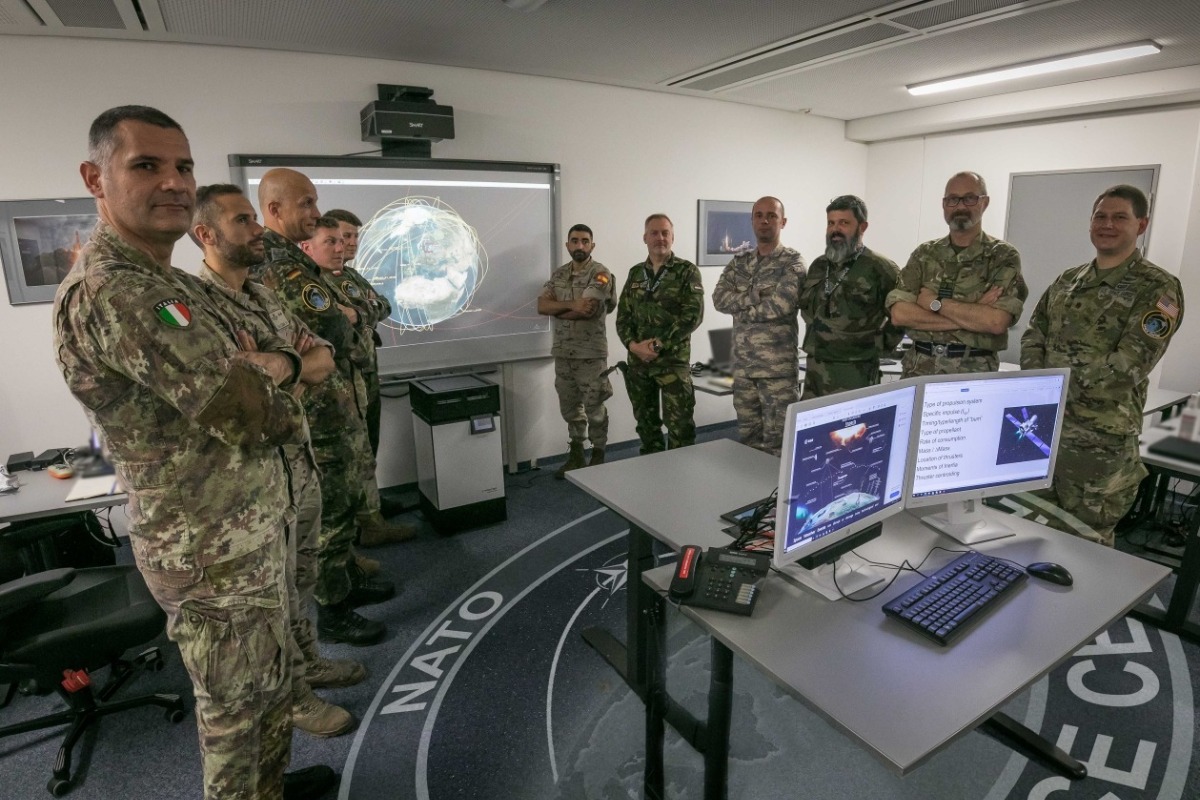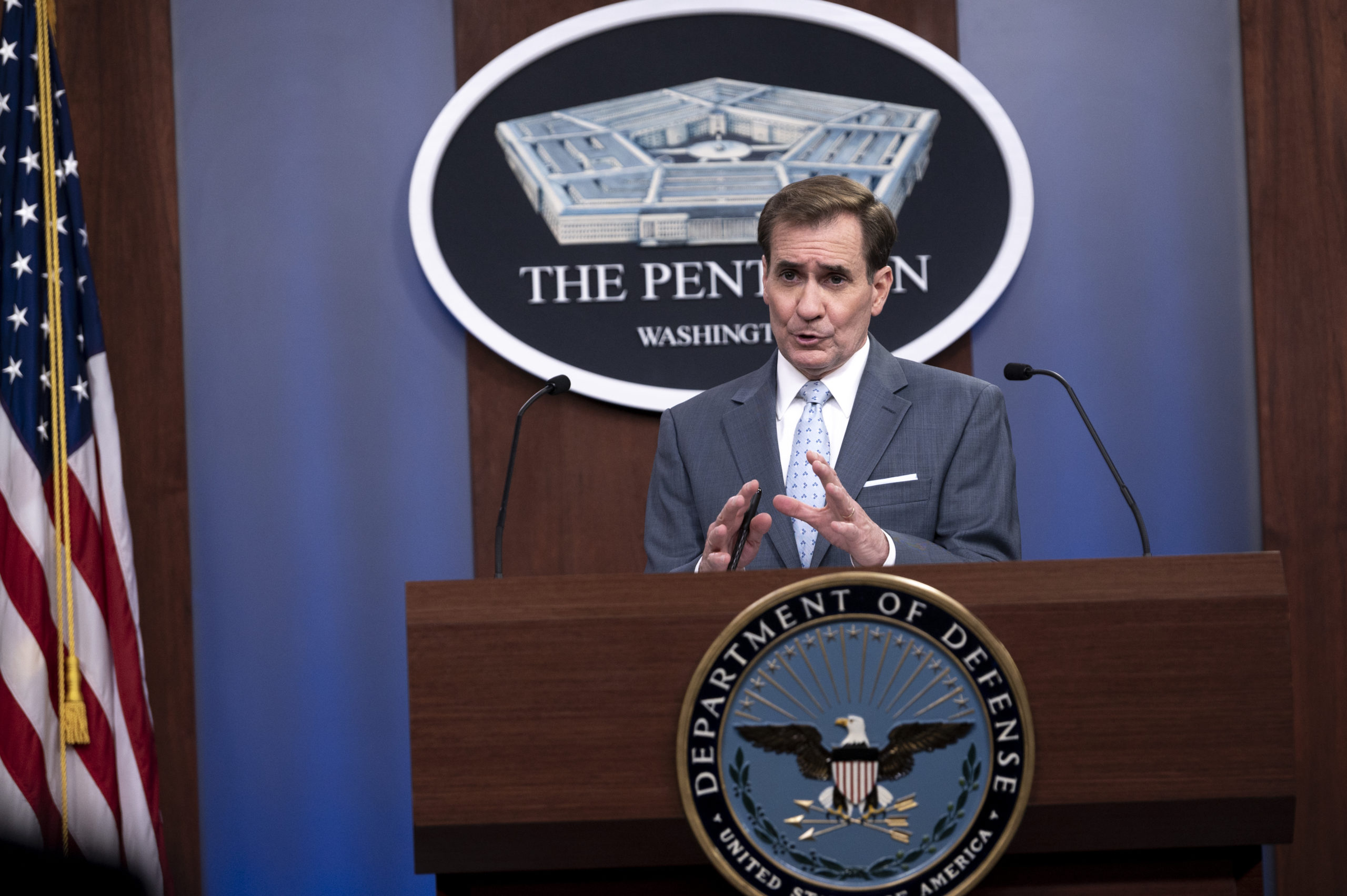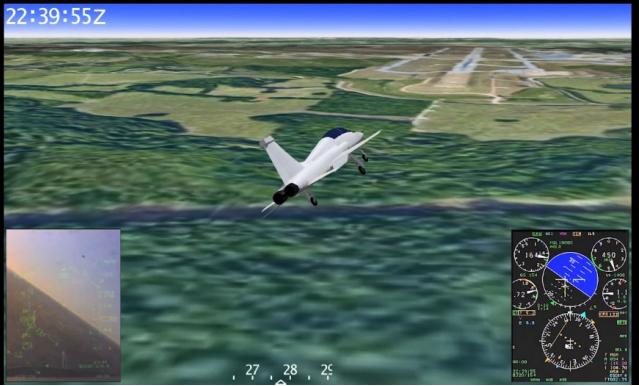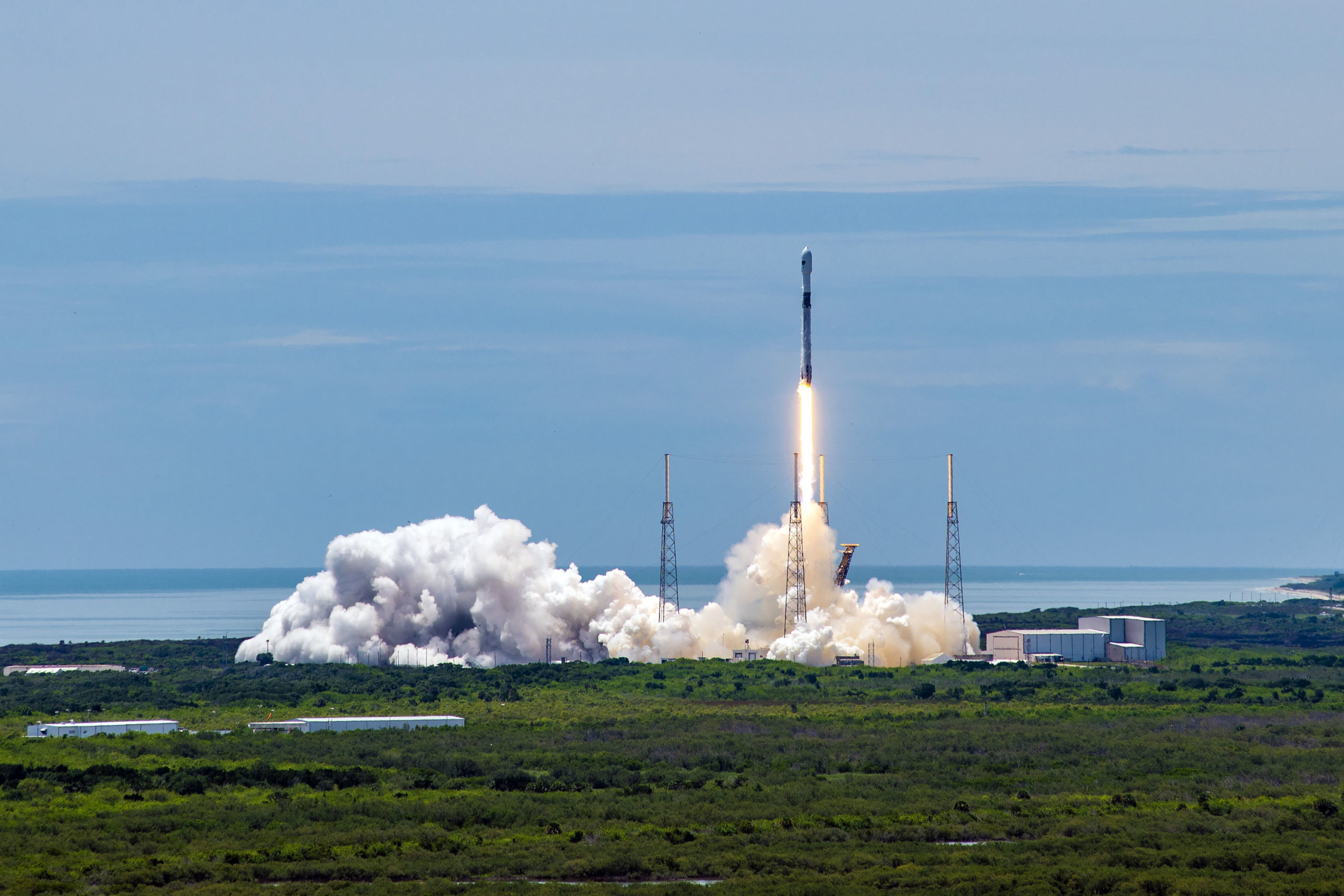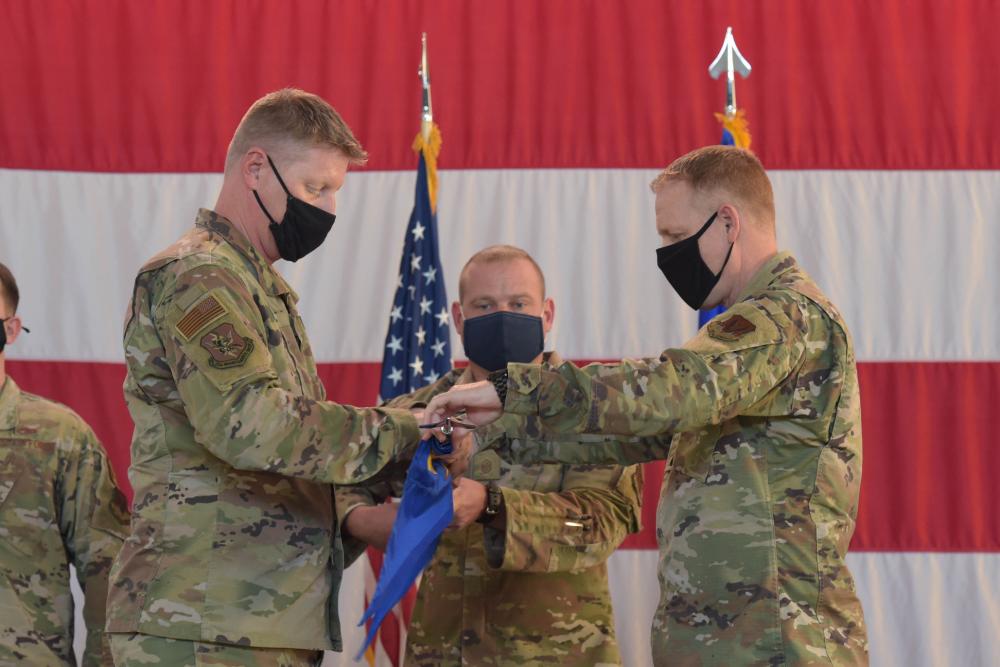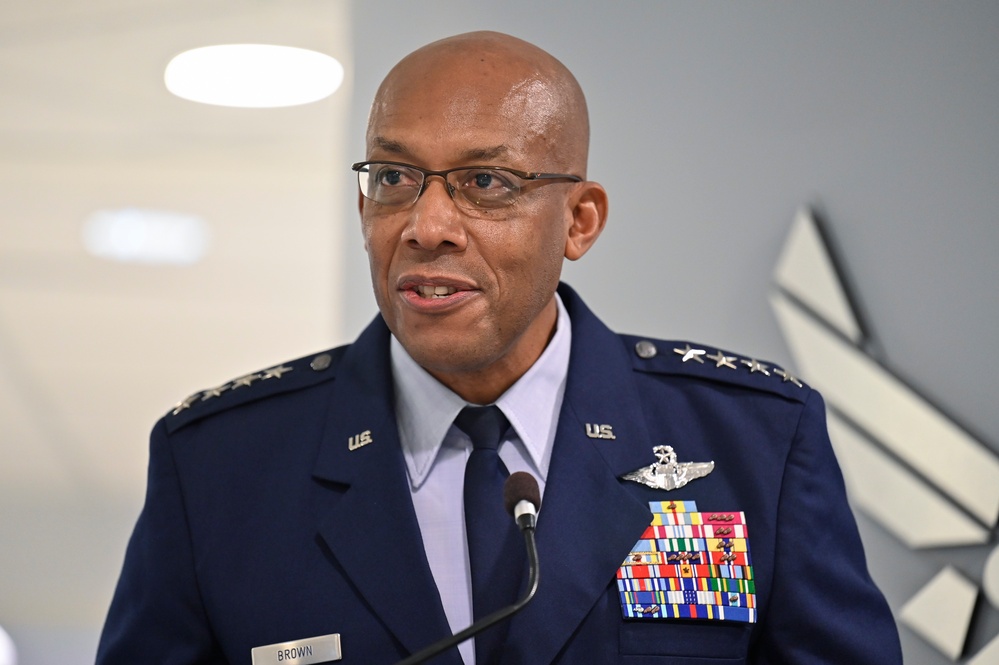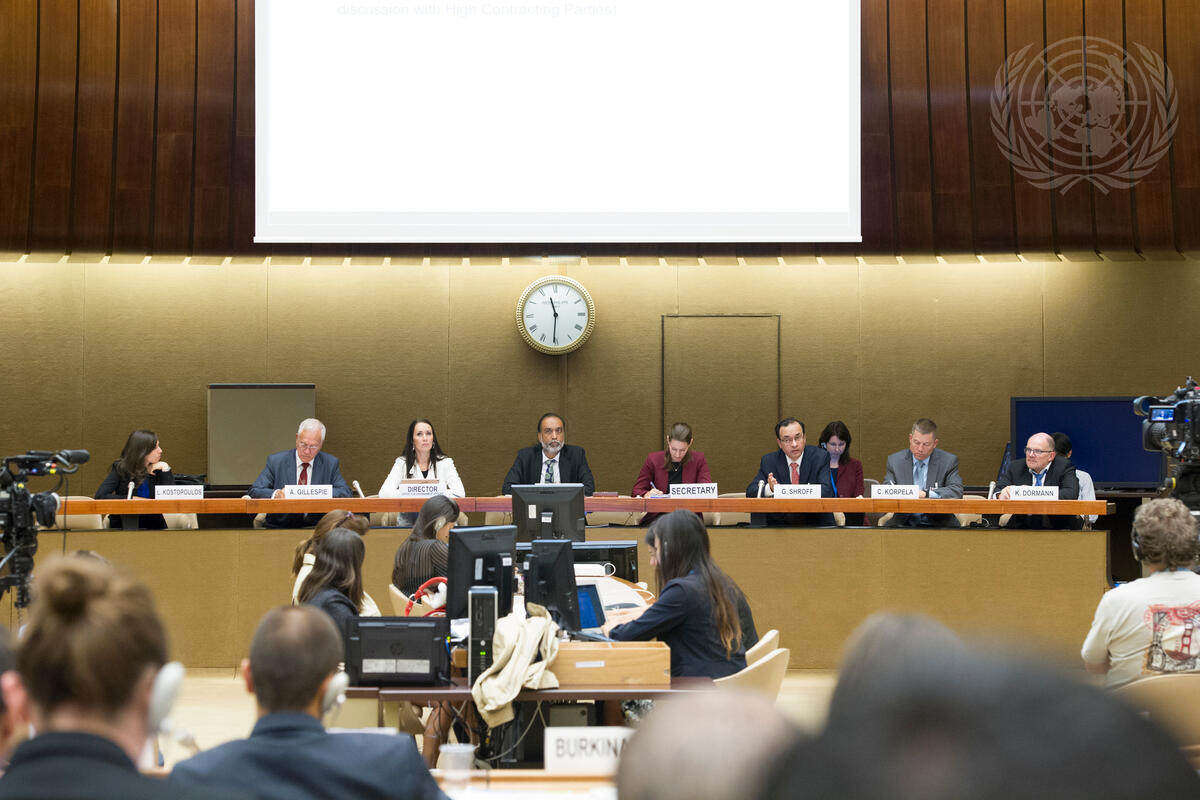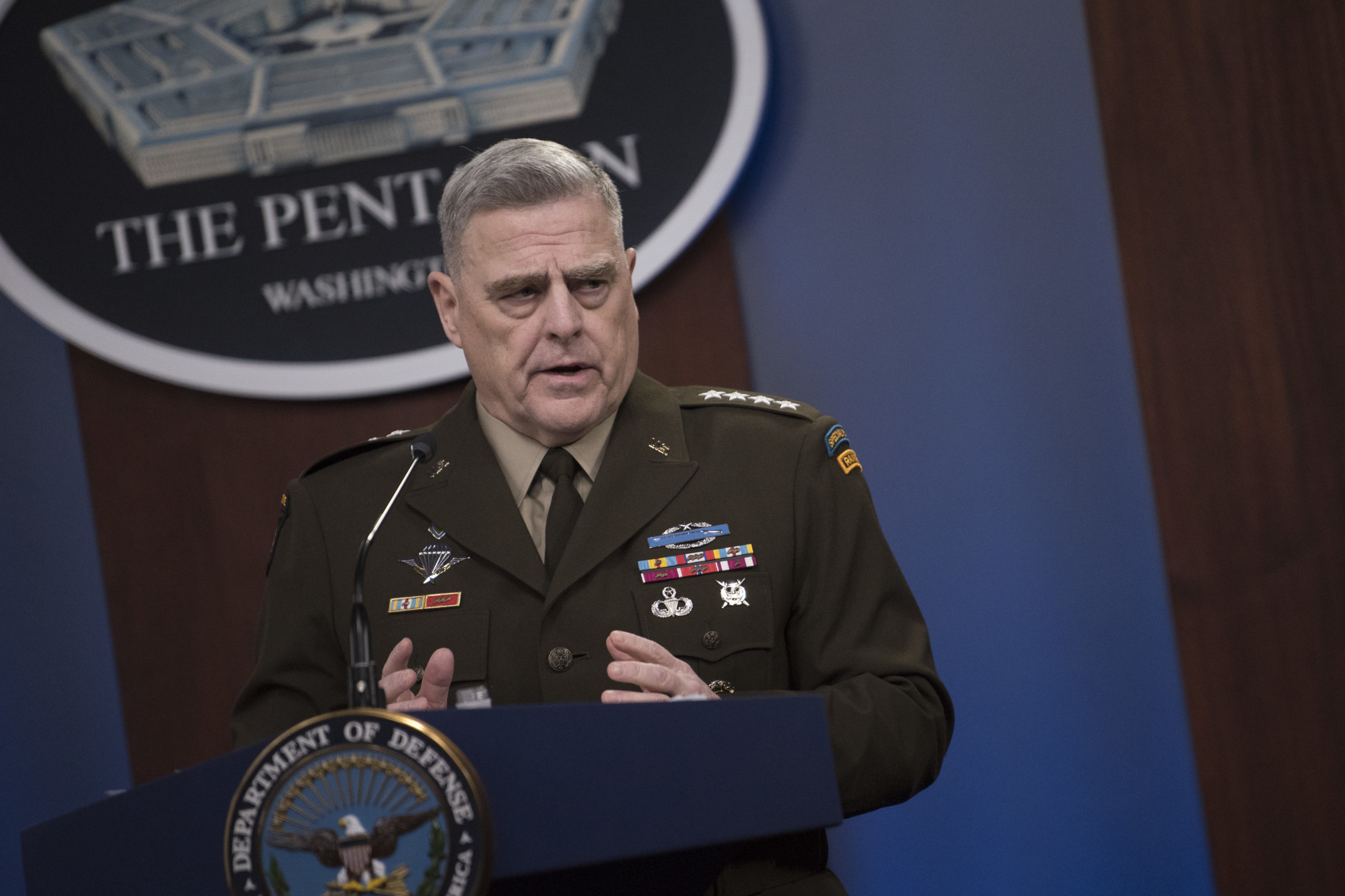Dozens of programs already provide career assistance to military families. But Congress and the Pentagon can do more to study just how well those programs work and to understand other challenges facing military spouses seeking employment, advocates from the National Military Spouse Network argued Jan. 19.
More than 20 percent of military spouses were unemployed before the COVID-19 pandemic, NMSN President Sue Hoppin noted during the virtual rollout of the organization’s 2022 white paper, “The Military Spouse Employment Dilemma.” That percentage has stayed relatively steady for years now.
At the same time, the number of career-related resources available to military spouses has grown significantly. The paper notes that a 2020 Government Accountability Report identified 45 such programs for military and veteran families across the federal government.
“If you dig deeper and look at some of the military spouse employment pieces, holy cow, the number of resources are just tremendous,” said Sharene Brown, wife of Air Force Chief of Staff Gen. Charles Q. Brown Jr. “How they include career development, hiring assistance programs, entrepreneurial exploration, federal jobs—you name it, there’s just so much more … The opportunity to be able to help military spouses thrive in the employment world starts from just how to begin and then carries you through. There’s even coaching opportunities along the way.”
That wasn’t always the case, said Mollie Raymond, wife of Space Force Chief of Space Operations Gen. John W. “Jay” Raymond. When she first became a military spouse, she noted, the biggest adjustment was dealing with employment, or lack thereof.
“I was so excited to have graduated. I have a master’s in business administration. But I couldn’t find a job. I couldn’t find a network to connect with or any of the resources. [They] just weren’t like they are today,” Raymond said. “So I have seen, in these 34 years, so many wonderful resources available to spouses, and I couldn’t be more pleased or excited.”
Though resources are available, obstacles remain. Given the frequent moves that come with being part of a military family, spouses often struggle to find jobs, even compared to similarly educated individuals. There are also other challenges, said Sen. Dan Sullivan (R-Alaska).
“I think it’s critical that we should always look for ways to lessen the obstacles for military spouses to be able to get good jobs,” Sullivan said. “And look, that’s a win-win. It’s, of course, a win to the military families. But it’s a win to the communities that those families are in. Too often there are burdensome state or local regulations or federal regulations that inhibit military spouses from being able to fully contribute in their communities.”
And when spouses can’t find jobs, a whole host of other issues are likely to arise, said Heba Abdelaal, an NMSN leader and former congressional aide.
“There’s a reason why, when we talk about food insecurity, child care challenges, housing challenges, it’s always followed up by the fact that a military spouse may or may not be unemployed or underemployed,” Abdelaal said.
Over the long term, spouses are often unable to take advantage of benefits such as retirement plans because employers require them to spend a certain amount of time with the company before investing in those programs, Abdelaal said.
In order to address the employment and career development issues, NMSN offered five recommendations in its paper:
- The Defense Department should establish “a standard set of metrics” to evaluate career assistance programs across federal, state, and local levels; and should make the findings of those metrics publicly available.
- Congress should study “the inability of military spouses to benefit from financial vesting programs.”
- The federal government should expand its use of the Domestic Employee Teleworking Overseas program, which allows federal employees to keep their jobs while temporarily working remotely overseas.
- The Small Business Administration should create a Military Spouse SBA Small-Business Concern classification to provide support to military spouse entrepreneurs.
- Congress should “consider authorizing the development of a military spouse experience map through the lens of employment, and what employment benefits/resources are accessible to a military spouse through each phase of the military life cycle.”
There has already been some Congressional action. The 2022 National Defense Authorization Act included a provision, co-sponsored by Sullivan, mandating that the Defense Department conduct a study on military spouse employment. And the Military Spouse Hiring Act, introduced by Rep. Antonio Delgado (D-N.Y.), is currently pending.
Speaking Jan. 19, Delgado urged military spouses to advocate for the bill and to direct their energy to the proper officials, noting that the bill doesn’t fall under the purview of the House Armed Services Committee. Because it authorizes a tax credit to businesses who hire a military spouse, the legislation instead falls under the House Ways and Means Committee, “which handles tax policy,” he said.
“It’s understanding that dynamic that gives you the best chance to get the outcome you desire,” Delgado said.
While advocates continue to push for sweeping change, Raymond urged military spouses to take advantage of resources in their local communities.
“I just want to reiterate that local communities, whether you have a military spouse career coalition or not, they want to help spouses. They want to help the military in their communities. So don’t hesitate to reach out,” Raymond said. “And to spouses who might just be starting out, please look for resources. They’re out there. And we want you to follow your dreams professionally and financially, and we want you not to give up, so don’t give up. Look for resources. And know that you’re not alone and that your talents, your adaptability, your resilience, your hard work, your loyalty are valued.”

